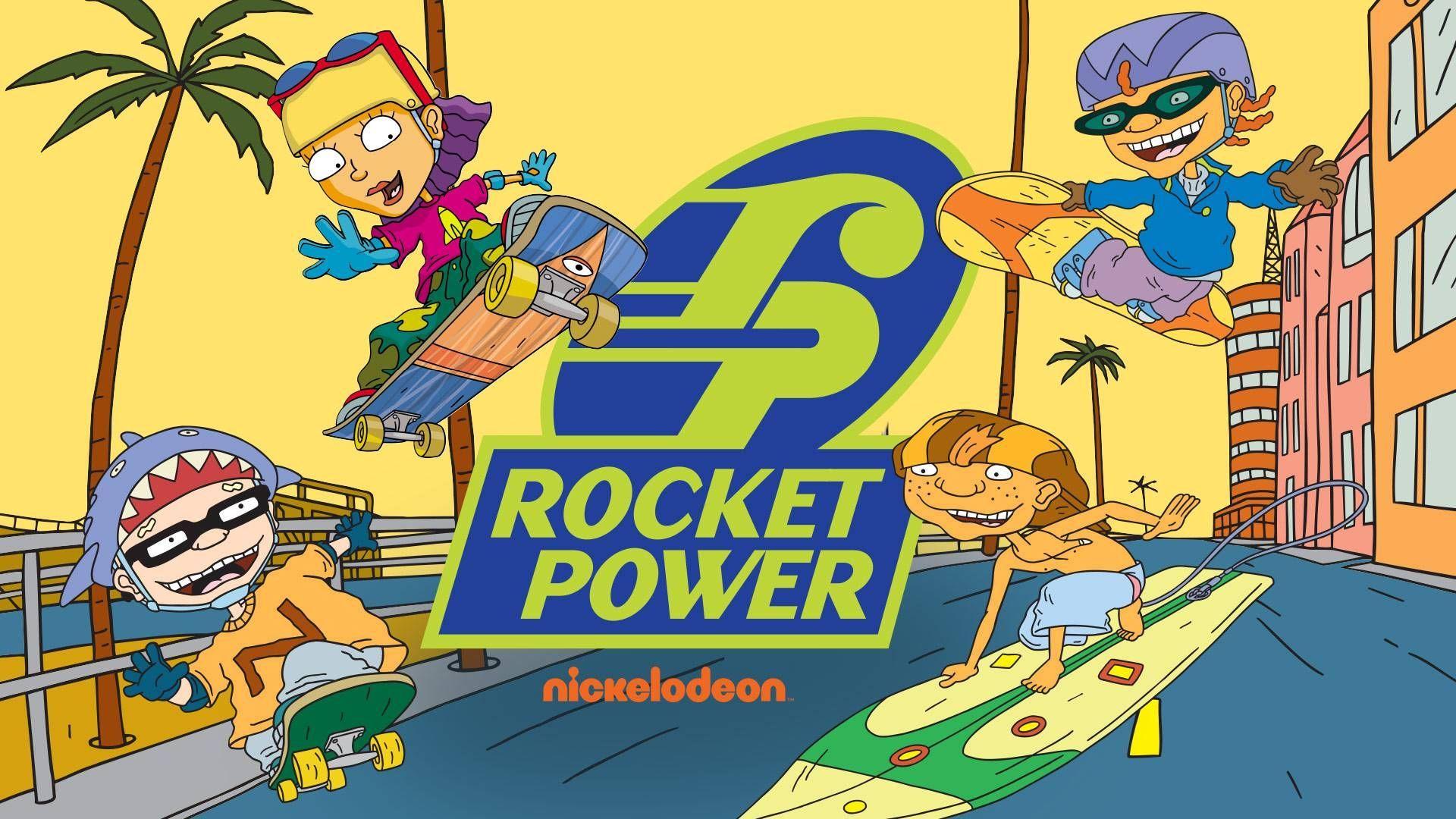


It will take nearly a week to reach the moon, 240,000 miles (386,000 kilometers) away. Orion’s flight is supposed to last six weeks from its Florida liftoff to Pacific splashdown, twice as long as astronaut trips in order to tax the systems. This time, the European Space Agency’s service module will be attached for propulsion and solar power via four wings. Unlike the rocket, Orion has launched before, making two laps around Earth in 2014. One torso is testing a protective vest from Israel. Two other mannequins made of material simulating human tissue - heads and female torsos, but no limbs - will measure cosmic radiation, one of the biggest risks of spaceflight. For this test flight, a full-size dummy in an orange flight suit will occupy the commander’s seat, rigged with vibration and acceleration sensors. At 11 feet (3 meters) tall, it’s roomier than Apollo’s capsule, seating four astronauts instead of three. NASA’s high-tech, automated Orion capsule is named after the constellation, among the night sky’s brightest. Two hours after liftoff, an upper stage will send the capsule, Orion, racing toward the moon. The core stage will keep firing before separating and crashing into the Pacific in pieces. The boosters will peel away after two minutes, just like the shuttle boosters did, but won’t be fished from the Atlantic for reuse. Unlike the streamlined Saturn V, the new rocket has a pair of strap-on boosters refashioned from NASA’s space shuttles. It’s called the Space Launch System rocket, SLS for short, but a less clunky name is under discussion, according to Nelson. But it’s mightier, packing 8.8 million pounds (4 million kilograms) of thrust. The new rocket is shorter and slimmer than the Saturn V rockets that hurled 24 Apollo astronauts to the moon a half-century ago. Here’s a rundown of the first flight of the Artemis program, named after Apollo’s mythological twin sister. Add everything up since the program’s inception a decade ago until a 2025 lunar landing, and there’s even more sticker shock: $93 billion.
ROCKET POWER FREE
The is also a free play mode which allows players to learn the levels and moves, and face off against one other friend.The price tag for this single mission: more than $4 billion. Each level is timed and the tasks must be completed before time is up. Story mode tasks include part collecting, snowboard slalom, and high score challenges.

The more they win, the more people will want to buy Ray's gear. The main focus of story mode is following their adventure to get the Rocket's father's board business more customers by entering xtreme sports competitions under his sponsorship. In the game, you take control of the popular characters Otto and Reggie Rocket, and their friends "Squid" and "Twister". Rocket Power: Team Rocket Rescue is a game designed to represent the Nickelodeon Rocket Power license. Here the gang's object is to help Raymundo keep Rocket Boards in business by helping with its publicity, thus hopefully staving off Sno-Mart's predatory tactics. Rocket Power: Team Rocket Rescue was a video game developed by Darkblack Ltd and published by THQ across multiple platforms.


 0 kommentar(er)
0 kommentar(er)
